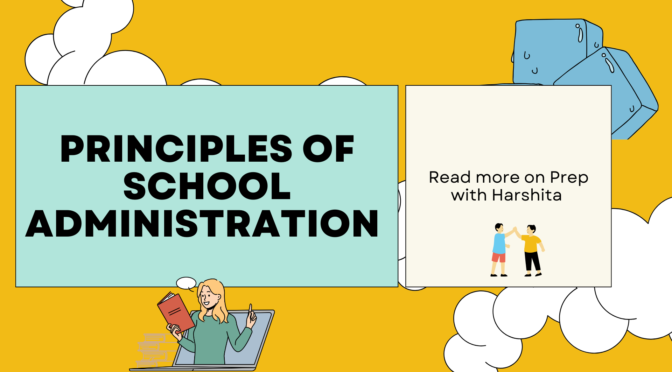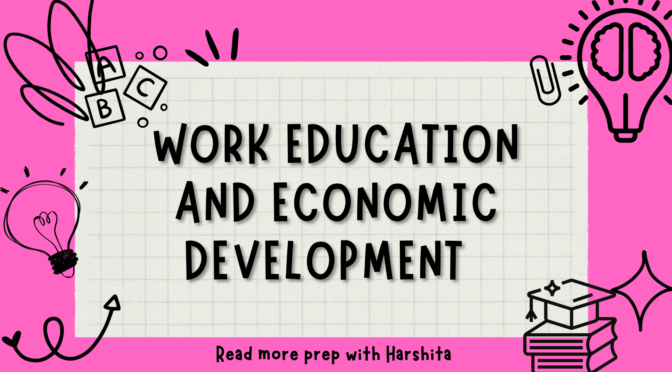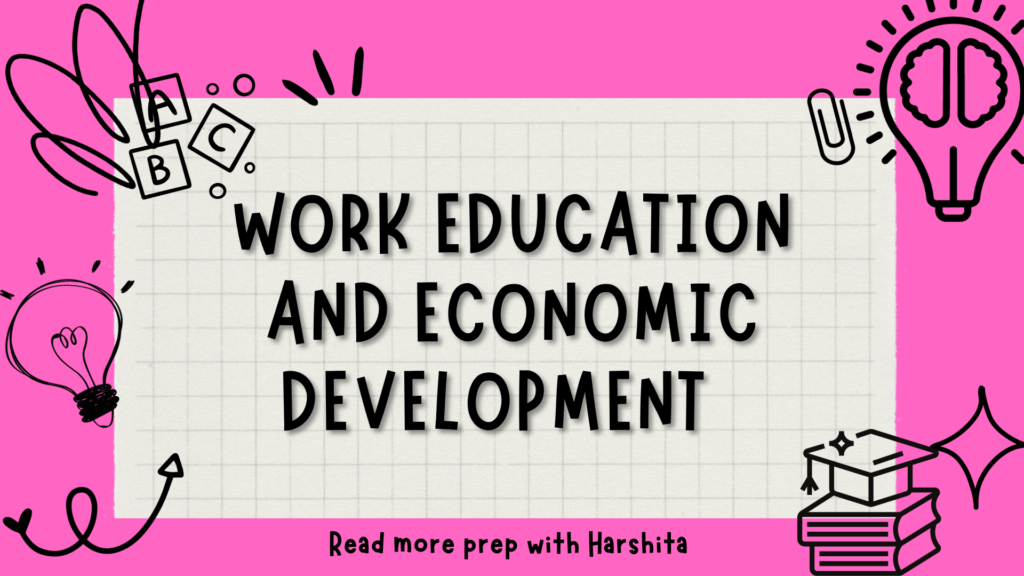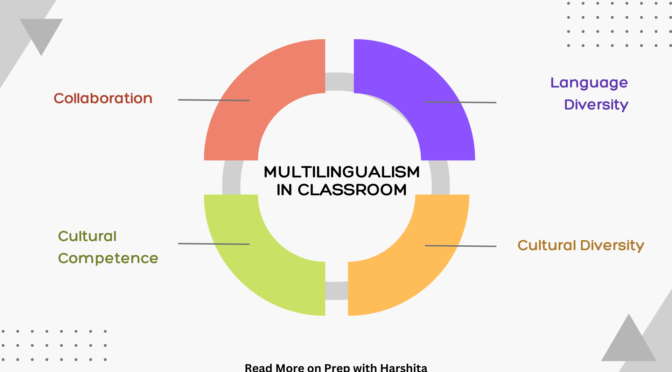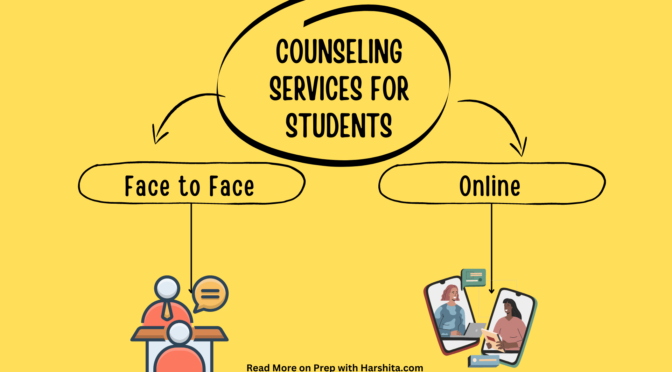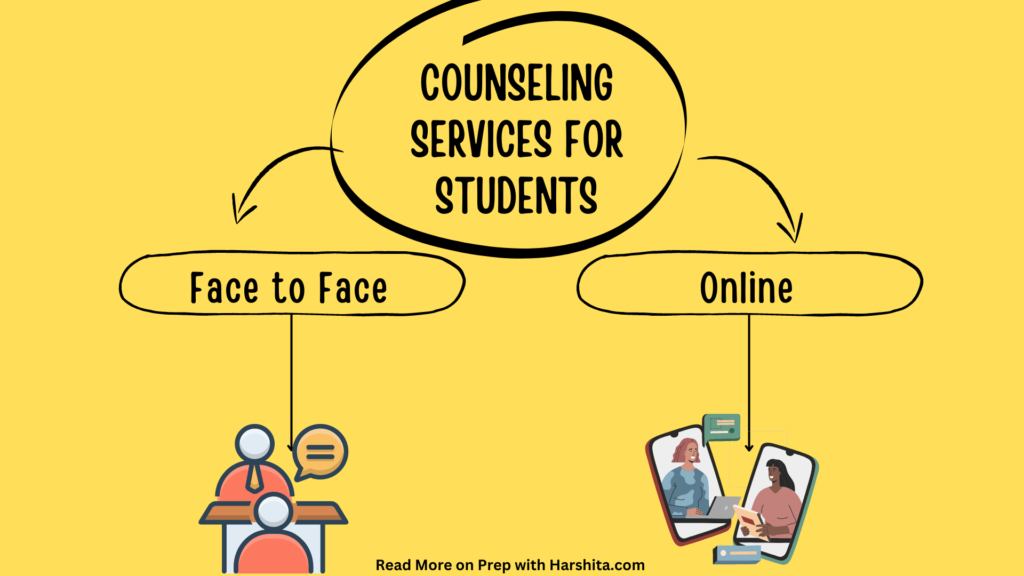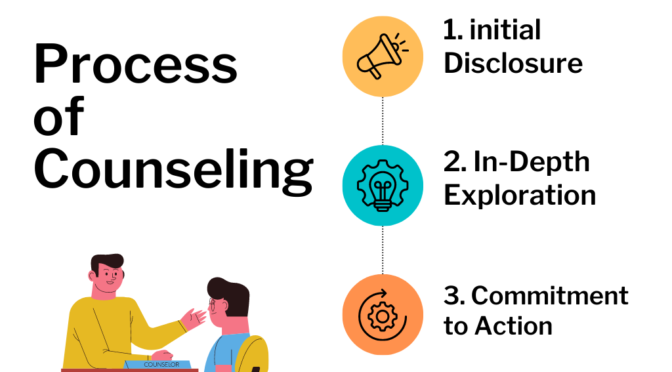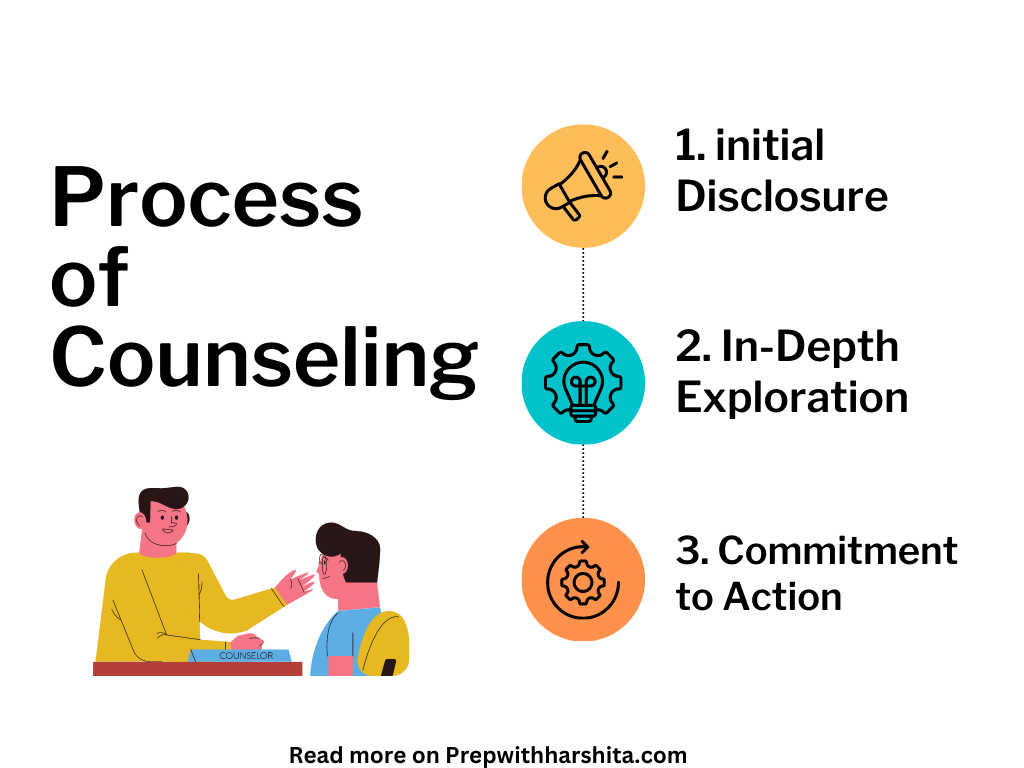Educational or school administration refers to the management and leadership of educational institutions, such as schools, colleges, and universities. Effective educational administration plays a crucial role in ensuring the smooth functioning of an educational institution and the delivery of quality education.
Here are some fundamental principles of educational administration:
- Clear Educational Vision and Mission: Educational administrators should establish a clear and compelling vision and mission for the institution. This vision should guide all decision-making and activities within the school, ensuring that everyone is working toward common goals.
- Effective Leadership: Strong leadership is vital in educational administration. Leaders should inspire and motivate staff, students, and other stakeholders. They must also provide direction, set expectations, and make informed decisions.
- Ethical and Moral Standards: Administrators must maintain high ethical and moral standards. They should model ethical behavior and ensure the institution upholds integrity, honesty, and fairness in all its operations.
- Effective Communication: Communication is essential for the smooth operation of any educational institution. Administrators should establish clear lines of communication among staff, students, parents, and the community. Regular and transparent communication fosters trust and collaboration.
- Resource Management: Efficient use of resources, including financial, human, and physical resources, is critical. Administrators should allocate resources wisely, ensuring that they are used to benefit the educational program and the well-being of students.
- Data-Driven Decision-Making: Educational administrators should make decisions based on data and evidence. They should use assessment results and other relevant information to inform instructional practices and institutional policies.
- Curriculum Development and Innovation: Administrators play a role in curriculum development and should encourage innovation in teaching and learning. They should support the development of a curriculum that is relevant, up-to-date, and aligned with educational goals.
- Professional Development: Administrators should promote continuous professional development for educators and staff. This includes offering opportunities for training, growth, and skill enhancement.
- Student-Centered Approach: Educational administrators should prioritize the well-being, safety, and academic success of students. They should create an environment that is conducive to learning and personal development.
- Inclusivity and Equity: Promoting inclusivity and equity is a fundamental principle. Administrators should work to ensure that all students, regardless of their background or abilities, have equal access to quality education.
- Stakeholder Engagement: Engaging with parents, the community, and other stakeholders is essential. Administrators should involve these groups in the decision-making process and create a sense of community and shared responsibility.
- Legal Compliance: Educational administrators must ensure that the institution complies with all relevant laws and regulations. This includes matters related to student safety, special education, and employment practices.
- Assessment and Accountability: Administrators should establish systems for assessing the performance of both students and staff. Accountability measures should be in place to monitor progress and ensure that goals are met.
- Continuous Improvement: Educational institutions should be committed to ongoing improvement. Administrators should regularly evaluate programs and practices and make adjustments as necessary to enhance the quality of education.
Also Read: Herbartian Model of Teaching
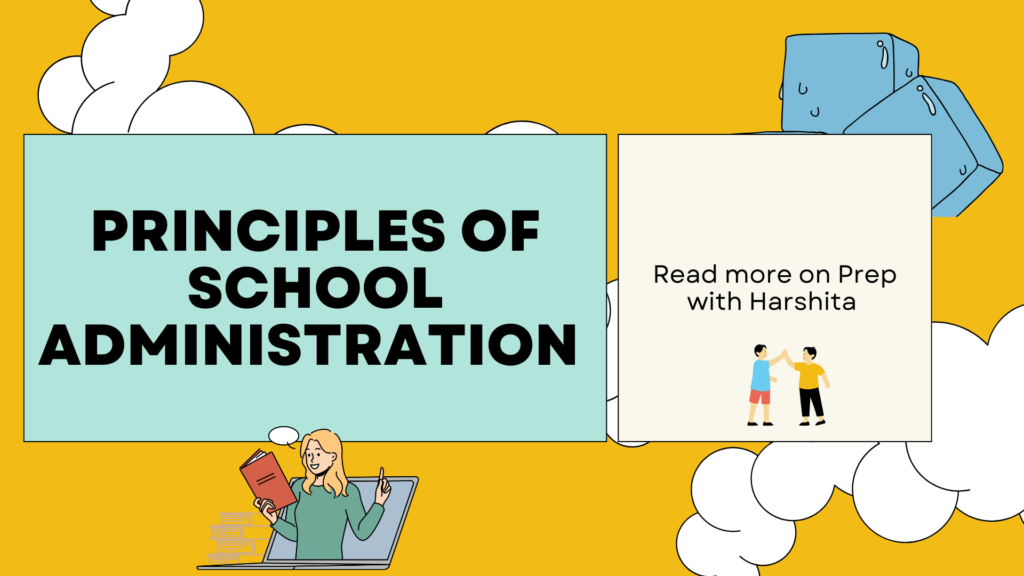
Also Visit: Prep with Harshita

